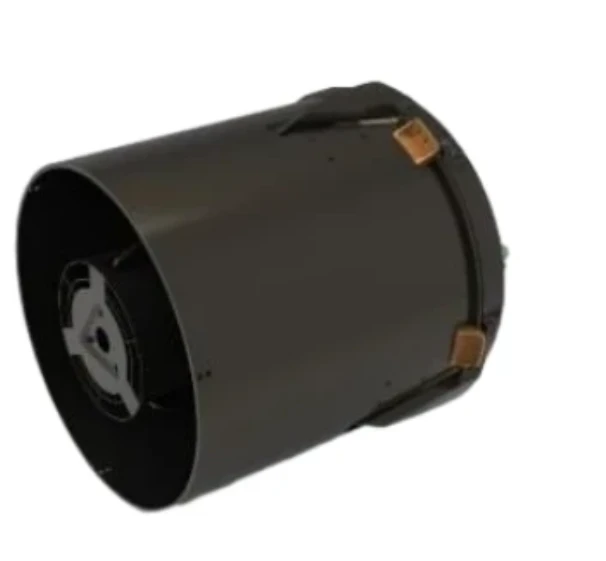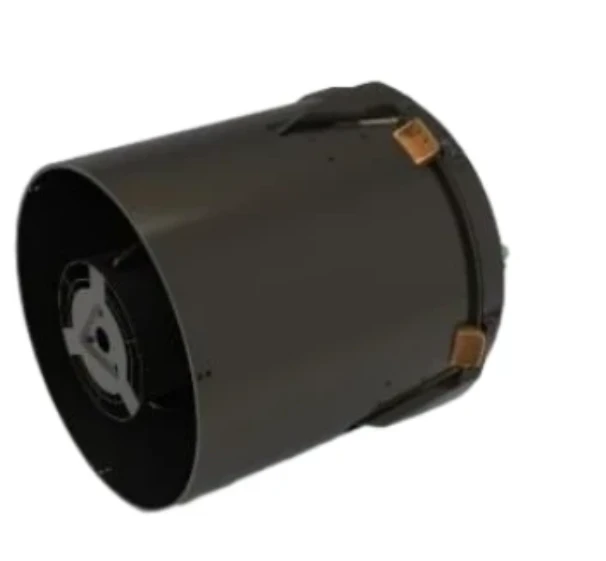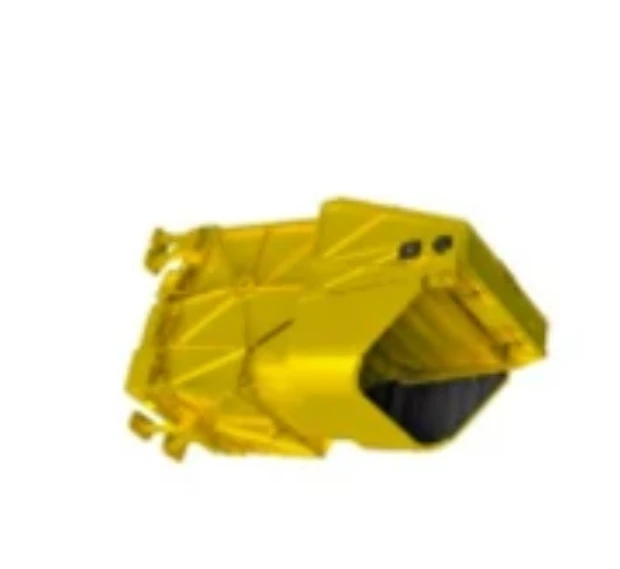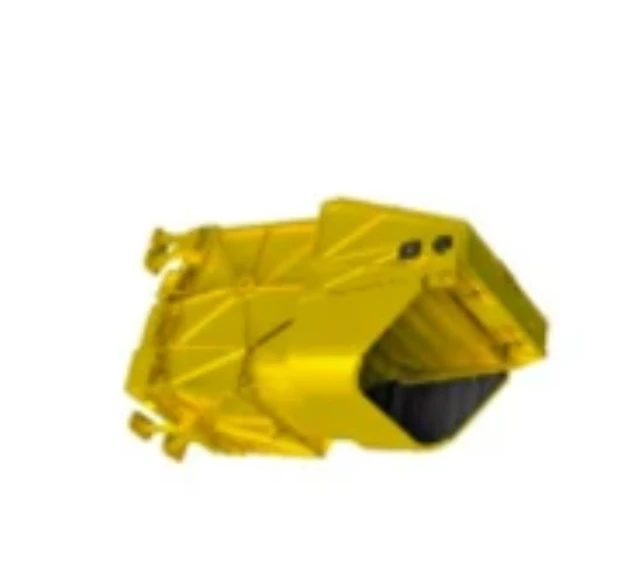
- Afrikaans
- Albanian
- Amharic
- Arabic
- Armenian
- Azerbaijani
- Basque
- Belarusian
- Bengali
- Bosnian
- Bulgarian
- Catalan
- Cebuano
- China
- Corsican
- Croatian
- Czech
- Danish
- Dutch
- English
- Esperanto
- Estonian
- Finnish
- French
- Frisian
- Galician
- Georgian
- German
- Greek
- Gujarati
- Haitian Creole
- hausa
- hawaiian
- Hebrew
- Hindi
- Miao
- Hungarian
- Icelandic
- igbo
- Indonesian
- irish
- Italian
- Japanese
- Javanese
- Kannada
- kazakh
- Khmer
- Rwandese
- Korean
- Kurdish
- Kyrgyz
- Lao
- Latin
- Latvian
- Lithuanian
- Luxembourgish
- Macedonian
- Malgashi
- Malay
- Malayalam
- Maltese
- Maori
- Marathi
- Mongolian
- Myanmar
- Nepali
- Norwegian
- Norwegian
- Occitan
- Pashto
- Persian
- Polish
- Portuguese
- Punjabi
- Romanian
- Russian
- Samoan
- Scottish Gaelic
- Serbian
- Sesotho
- Shona
- Sindhi
- Sinhala
- Slovak
- Slovenian
- Somali
- Spanish
- Sundanese
- Swahili
- Swedish
- Tagalog
- Tajik
- Tamil
- Tatar
- Telugu
- Thai
- Turkish
- Turkmen
- Ukrainian
- Urdu
- Uighur
- Uzbek
- Vietnamese
- Welsh
- Bantu
- Yiddish
- Yoruba
- Zulu
Exploring the Vast Horizons of Satellite Infrastructure and Platforms
In the ever - advancing domain of space technology, various components work in harmony to enable satellite operations. Satellite platform, satellite bus, airbus satellites, dsl platform, and cubesat bus are key elements that underpin the functionality, deployment, and mission success of satellites across different scales and purposes. These terms represent a spectrum of technologies, from the foundational structures that house satellite systems to the specialized platforms developed by leading aerospace companies, each playing a crucial role in space exploration, communication, and scientific research.
Unveiling the Core of Satellite Operations: Satellite Platform
A satellite platform serves as the fundamental framework upon which a satellite's mission - specific payloads and systems are integrated. It provides essential services such as power generation, attitude control, thermal management, and communication interfaces. For instance, in Earth - observation satellites, the satellite platform ensures that the imaging sensors are accurately pointed towards the target areas. It stabilizes the satellite to capture high - resolution images without blurring, while also managing the electrical power required to operate the complex sensor arrays. Different types of satellite platforms are designed to accommodate various mission requirements, whether it's for telecommunications, weather monitoring, or deep - space exploration. They are engineered to be adaptable, allowing for the integration of new technologies and payloads as mission needs evolve over time.
The Backbone of Satellite Systems: Satellite Bus
The satellite bus is an integral part of a satellite, often referred to as the "backbone" that supports the payload. It encompasses the essential subsystems that keep the satellite operational in the harsh environment of space. This includes the power subsystem, which may consist of solar panels to convert sunlight into electricity and batteries for energy storage during eclipse periods. The propulsion subsystem of the satellite bus enables orbital maneuvers, allowing the satellite to reach its desired orbit and maintain its position. Additionally, the communication subsystem within the satellite bus facilitates data transfer between the satellite and ground stations. In scientific satellites, the satellite bus provides a stable and controlled environment for the delicate instruments, protecting them from the extreme temperatures and radiation in space while ensuring accurate data collection and transmission.
Pioneering Satellite Solutions: Airbus Satellites
Airbus Satellites is a prominent name in the aerospace industry, known for developing cutting - edge satellite systems. The company designs and manufactures a wide range of satellites, leveraging advanced satellite platforms and satellite buses. Their satellites are deployed for various applications, including global telecommunications networks, Earth observation for environmental monitoring and disaster management, and navigation services. Airbus's satellites often incorporate innovative technologies to enhance performance and efficiency. For example, they may use high - efficiency solar panels to maximize power generation and miniaturized propulsion systems for precise orbit control. These satellites play a crucial role in connecting remote areas, providing real - time data on weather patterns, and enabling accurate positioning for various industries, making Airbus a significant contributor to the global satellite infrastructure.
Specialized Functionality: DSL Platform
The dsl platform (where "DSL" could refer to different specialized designations depending on the context) represents a satellite - related platform with unique features and capabilities. In some cases, a dsl platform might be tailored for specific communication requirements, such as providing high - speed data links in remote or hard - to - reach areas. It could incorporate advanced signal processing and modulation techniques to optimize data transfer rates and reliability. Alternatively, a dsl platform might be designed for scientific experiments in space, offering a stable and controlled environment for conducting research in fields like astronomy, plasma physics, or materials science. These platforms are engineered with specific payload interfaces and support systems to enable seamless integration of specialized equipment, allowing scientists to collect valuable data and make groundbreaking discoveries.
Revolutionizing Small - Scale Space Missions: Cubesat Bus
The cubesat bus has emerged as a game - changer in the realm of small - scale satellite missions. Cubesats are miniature satellites, typically measuring just a few centimeters on each side, and the cubesat bus provides the essential infrastructure for their operation. Despite their small size, cubesat buses are designed to be highly efficient and versatile. They integrate compact power systems, often using thin - film solar cells, and miniaturized communication modules. The attitude control systems in cubesat buses are optimized for the small mass and volume of cubesats, allowing for precise pointing and orientation. These buses enable a wide range of applications, from educational projects that introduce students to space technology to commercial endeavors such as Earth imaging on a smaller scale. The affordability and flexibility of cubesat buses have opened up opportunities for a broader range of organizations and individuals to participate in space exploration and research.
FAQ: Understanding Satellite Platforms and Related Concepts
How Are Satellite Platforms and Satellite Buses Different?
While both are essential for satellite operation, a satellite platform is the overall framework that defines the satellite's design, size, and general capabilities, providing the structure for integrating payloads and systems. In contrast, the satellite bus is a subset of the platform, specifically focusing on the core subsystems that keep the satellite functional, such as power, propulsion, and communication. Think of the platform as the "house" and the bus as the "utilities" that make the house livable.
What Are the Advantages of Airbus Satellites in the Market?
Airbus Satellites offer several advantages. Their satellites are built with advanced technologies, ensuring high - performance in areas like communication bandwidth, imaging resolution, and orbit accuracy. The company's extensive experience in aerospace engineering allows for reliable and durable satellite designs. Additionally, Airbus provides comprehensive support services, from satellite design and manufacturing to in - orbit operation and maintenance, making it a trusted choice for customers seeking end - to - end satellite solutions.
Can DSL Platforms Be Customized for Different Missions?
Yes, dsl platforms can be highly customized. Since they are often designed for specialized purposes, engineers can adapt their features based on the specific requirements of a mission. This may involve modifying the communication protocols, power output, or the physical interfaces for payload integration. Customization ensures that the dsl platform is optimized to meet the unique needs of different satellite applications, whether it's for communication, scientific research, or other specialized tasks.
How Do Cubesat Buses Enable Cost - Effective Space Missions?
Cubesat buses contribute to cost - effectiveness in several ways. Their small size reduces the amount of materials and launch costs compared to larger satellites. The use of off - the - shelf components and standardized designs in cubesat buses also lowers development costs. Additionally, the modular nature of cubesats allows for easy integration of different payloads, enabling multiple missions to be conducted using the same basic bus structure. This flexibility and affordability make cubesats an attractive option for academic institutions, startups, and organizations with limited budgets for space exploration.
Are There Limitations to Using Cubesat Buses for Complex Missions?
While cubesat buses offer many benefits, they do have limitations for complex missions. Their small size restricts the amount of power they can generate, the size of the payloads they can carry, and the duration of their operations. Cubesats also have limited communication capabilities compared to larger satellites, which can affect data transfer rates and the frequency of communication with ground stations. For missions that require high - resolution imaging over large areas, long - term continuous operation, or extensive data processing on - board, more robust and larger satellite platforms and buses may be necessary.











